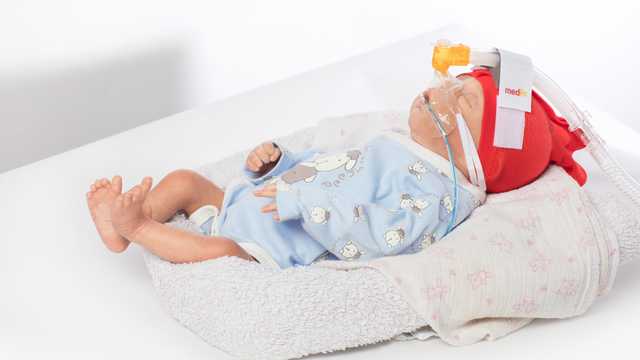
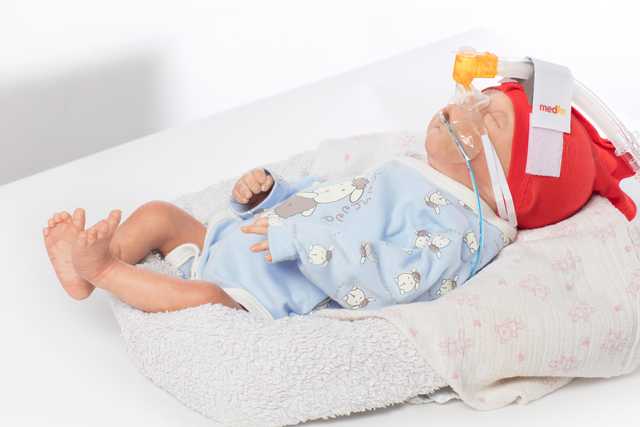
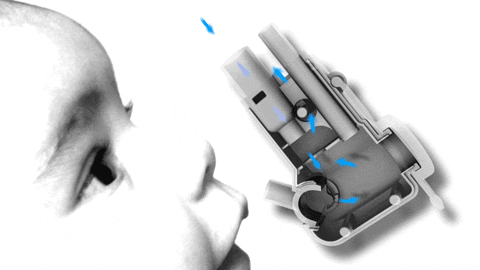
Le Medijet produit activement, c'est-à-dire directement dans le générateur, la pression CPAP, donc la pression positive continue dans les voies respiratoires du patient, à l'aide d'une valve Benveniste modifiée (
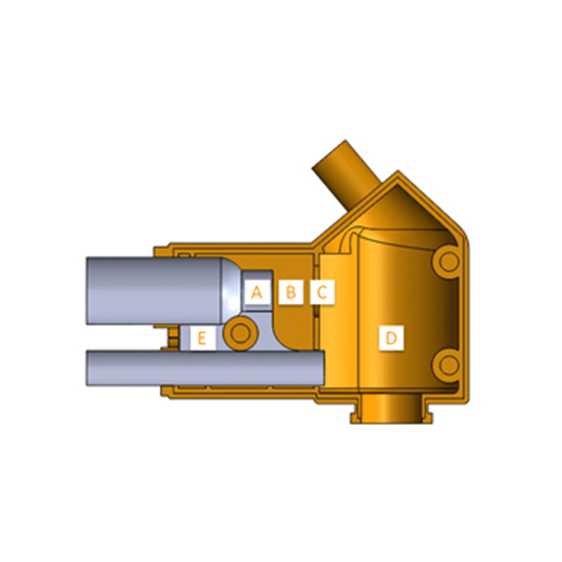
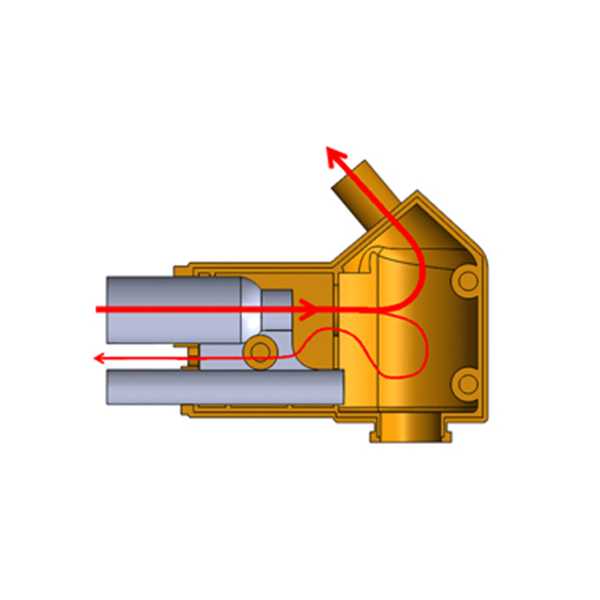
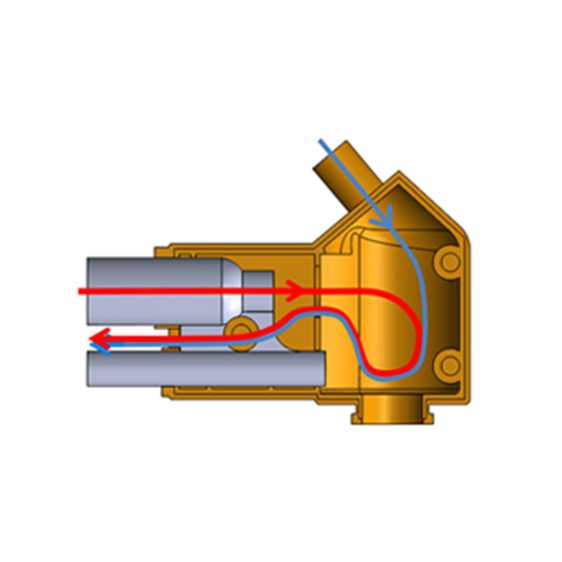
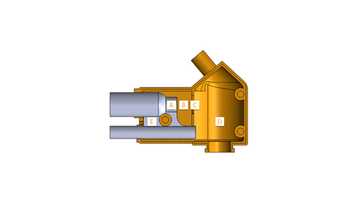
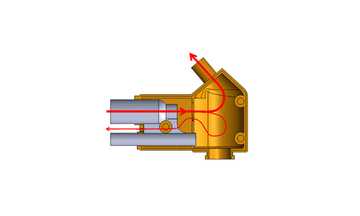
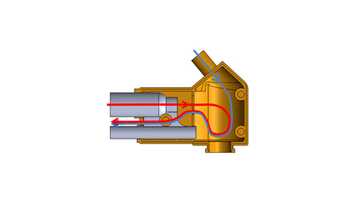
Basé sur la mesure précise et rapide de la pression, le Medijet utilise le déclencheur de pression innovant MediTRIG. La respiration spontanée, l'apnée obstructive et l'apnée centrale sont enregistrées sans capteur supplémentaire, comme un capteur abdominal.
Dans les dispositifs medin, le déclencheur de pression est utilisé en modes ApnéeCPAP et SNIPPV et permet donc un large éventail de types de ventilation non invasive.
Le débit de gaz respiratoire défini circule via la valve Benveniste dans la chambre de pression du Medijet (rouge). La pression s'y accumule et apporte au patient pression et débit. Pendant l'inspiration, la pression dans les voies aériennes diminue, tout comme la résistance. Le gaz respiratoire circule toujours dans la direction de faible résistance.
Pendant l'expiration, le débit expiratoire (bleu) du patient rencontre le débit de gaz frais entrant (rouge). Tout ou partie du gaz est ensuite rejeté dans l'environnement. Le patient peut expirer via l'ouverture d'expiration, ce qui génère un mélange gazeux composé de débit d'expiration et de débit de gaz frais.
Pendant l'expiration, le débit expiratoire (bleu) du patient rencontre le débit de gaz frais entrant (rouge). Tout ou partie du gaz est ensuite rejeté dans l'environnement. Le patient peut expirer via l'ouverture d'expiration, ce qui génère un mélange gazeux composé de débit d'expiration et de débit de gaz frais.
La quantité de gaz respiratoire non nécessaire au patient peut s'échapper via l'ouverture d'expiration (rouge, étroite). La pression sur les voies aériennes est directement mesurée dans le Medijet via la mesure de pression proximale et transmise au dispositif de thérapie.
A Entrée de gaz respiratoire avec buse
B Espace ouvert du principe de Benveniste
C Ouverture vers la chambre de pression
D Chambre de pression/volume
E Expiration ouverte
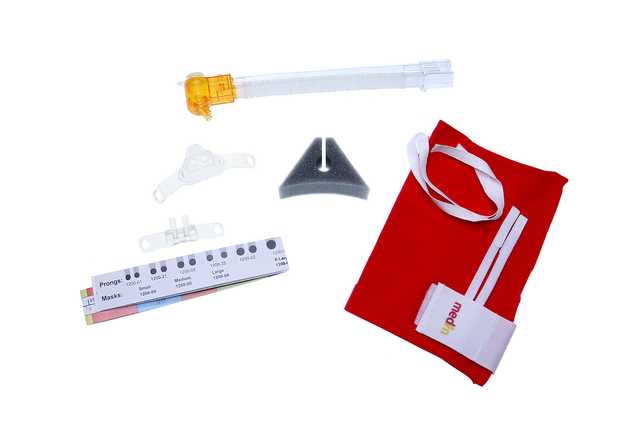
Le Medijet est fixé sur la tête du patient grâce au bonnet medin facile à manipuler. Le Medijet est appliqué sur le nez du petit patient à l'aide de petits embouts binarinaires ou de masques nasaux souples et hypoallergéniques.